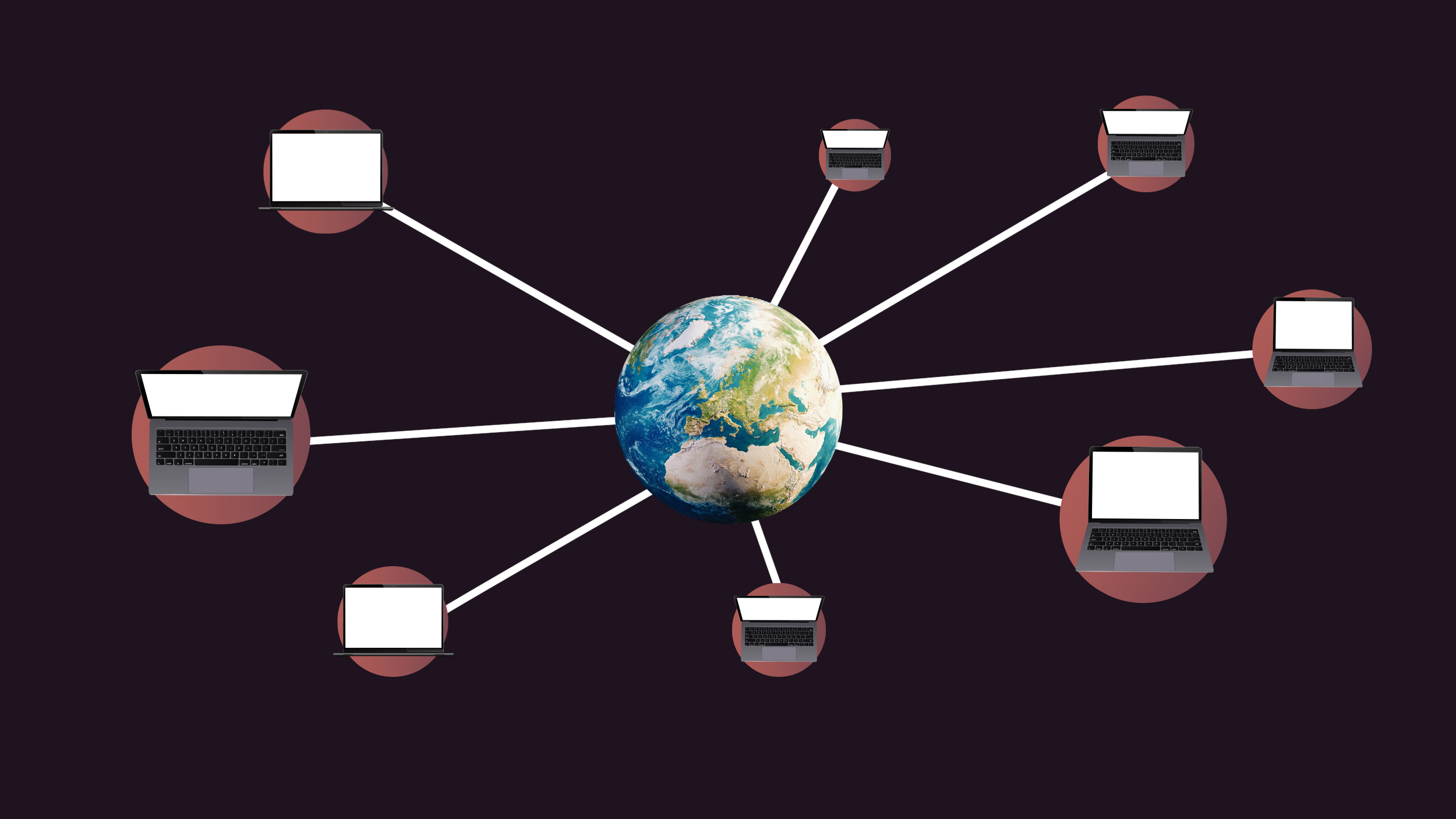L&D strategy
To gain its full value, L&D leaders must be open to challenging assumptions about how they approach on-the-job training.
Scenario-based learning makes employees active participants in their own learning process, better preparing them for the real issues they may face at work.
A competency framework is a way to align individual performance with organizational goals. Read on to learn how.
There are several different types of learner engagement, from emotional to cognitive. Here’s how to improve each.
Recent changes have affected the design and development of instructor-led training. Read on to find out how.
Why implementing an individual development plan process is a smart move for organizations today, and how to get started.
To keep up with the pace of change, organizations that haven’t already can benefit greatly from exploring skills-based training.
Conducting a thorough needs analysis requires care, curiosity, and open-mindedness.
Crafting an effective learning and development strategy can be challenging. Here are five key considerations.
When organized effectively, peer mentoring programs can offer substantial benefits for organizations and their employees.
Without a solid understanding of the factors that affect the transfer of learning, the gulf between training and job performance is difficult to bridge.
These 10 best practices can help organizations develop high-quality and engaging training videos for employees.
There are many ways asynchronous learning benefits both individuals and organizations, from learner autonomy to cost savings.
There are plenty of alternatives to spending a fortune on employee training programs. These 10 options are a great place to start.
Brands like BMW, Walmart, and IBM are seeing big wins from the use of gamification in corporate training. Here’s how.
From gamification to VR, here are 10 ways to make learning fun and engaging.
Online learning has become the new normal, but it isn’t without its challenges.
Understanding Mezirow’s theory of transformative learning can help you become a catalyst of change.
Much like energy and nutrients flow in a continuous cycle between the elements of a natural ecosystem, a free flow of knowledge fuels the growth of a learning ecosystem.
Agile learning enables an organization to pivot quickly in response to changes in technology, economic conditions, market demand, and more.
A skills gap analysis can help an organization prepare for change and become well-equipped to thrive in the future.
There are dozens of instructional design models, but most learning designers rely on a select few. Here are four of the most common.
Virtual instructor-led training is easily scalable and convenient for remote learners. Here’s how to orchestrate it effectively.
Immersive learning creates an interactive environment in which learners have the power to customize their experience.
Remote work is here to stay. Here are a few ways to enhance remote training in a post-pandemic future.
From mobile learning to microlearning, these five methods for training employees are some of the most effective in the modern world of business.
Many organizations are just scratching the surface of what their talent is capable of, but reskilling programs help unlock untapped potential.
As the skills gap grows, learning and development can help ensure the viability of an organization’s talent well into the future.
Here’s how learning leaders can best take advantage of the technology that employees carry with them everywhere.
The talent required to take an organization to the next level often already exists in-house, and learning pathways can be an effective tool for unlocking that untapped potential.





























